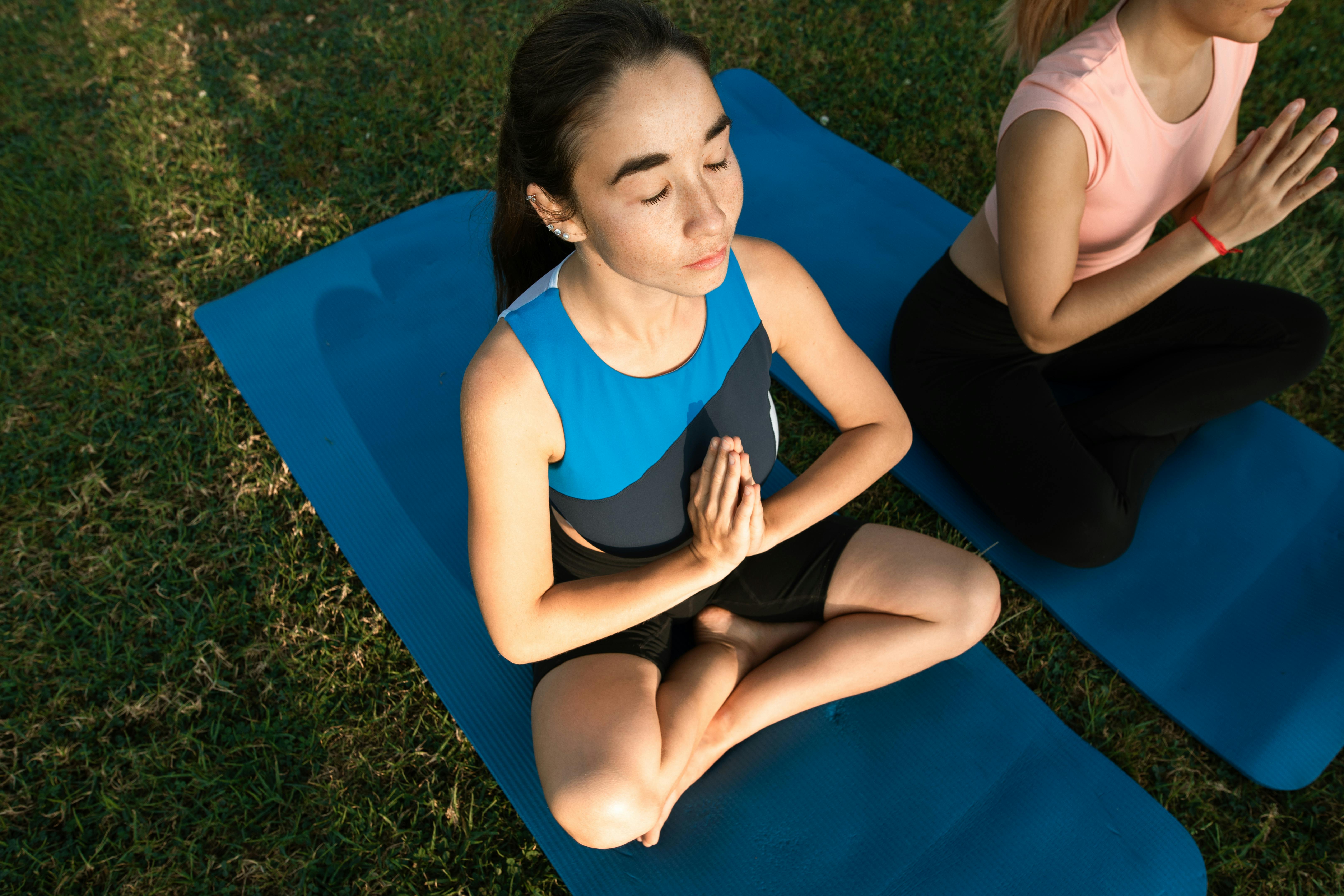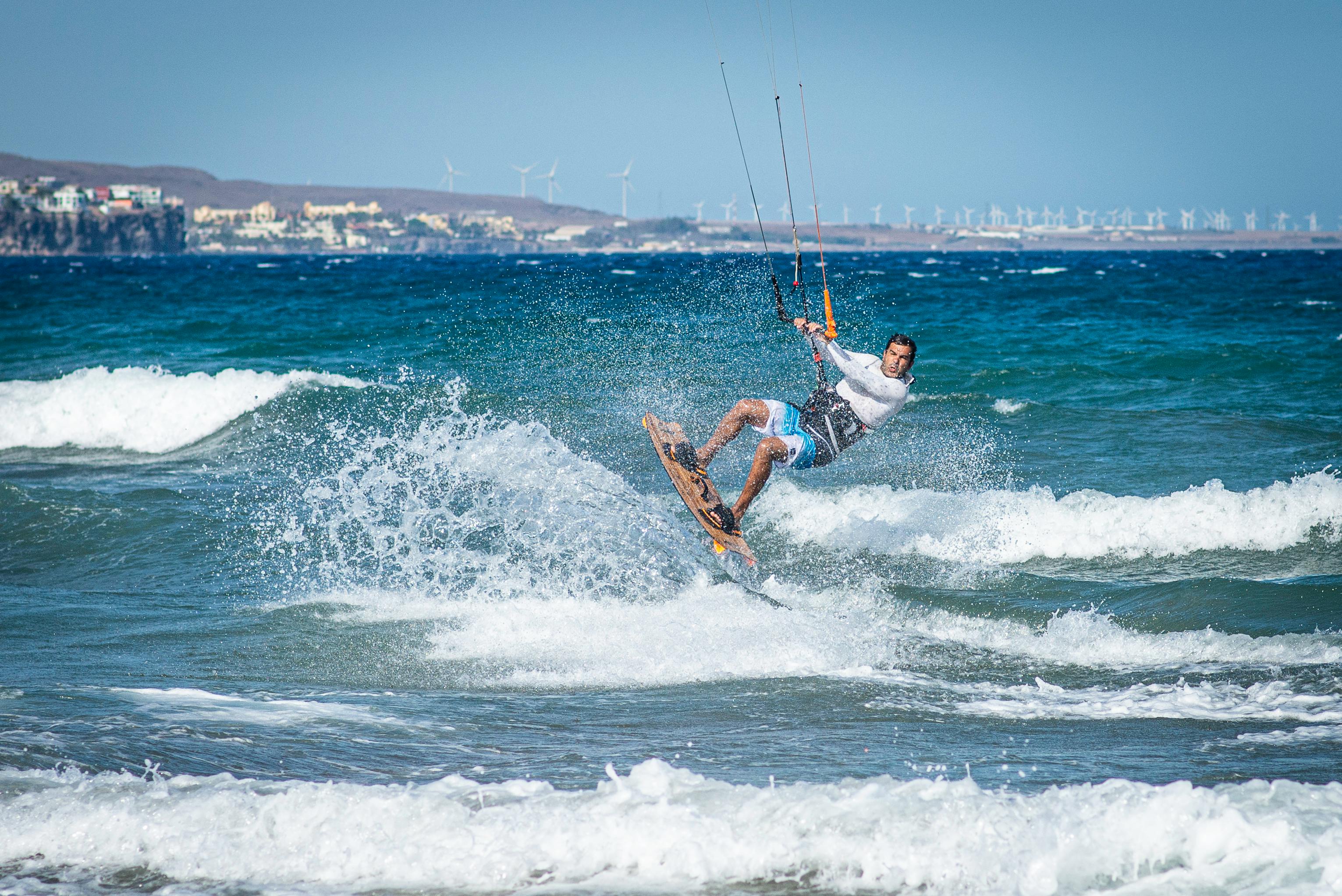Our 4-hour whirlwind tour provided by our local expert Jocelyne Morrison of Time Out for Touring took us to Alberta’s second most visited attraction outside of the Rockies – Canada’s Olympic Park, visited each year by over 1.3 million of people. This is the flagship site of the XV Winter Olympic Games, which were held in Calgary in 1988. It is located just 15 minutes from downtown on the west side towards the Rocky Mountains.
What makes Canada Olympic Park unique is that it continues to function as a multi-use competition, training and recreation area that is available year-round to athletes and the general public. During the winter, nearly 300,000 skiers and snowboarders visit the park. It’s also home to the second largest snow academy in the country, so lessons and programs are available to people of all ages and abilities.
During the summer, Canada Olympic Park becomes a mountain biking facility with more than 25 kilometers of trails, an obstacle course, a test park, and facilities for BMX riders and freeride stunts.
We start with the Olympic Games Hall of Fame and Museum, which houses a wide variety of Olympic-themed exhibits and paraphernalia. This is the only Canadian museum dedicated to the Olympic Games in Canada, and is the largest in all of North America. Exhibits on two floors chronicle Canada’s participation in the Winter Olympics since its inception in 1924.
A particularly fascinating display is the 20 of the 31 Olympic torches, dating back to the 1936 Olympics in Berlin. The Blood, Sweat and Cheers exhibit honors Canada’s Olympic medal winners at the Salt Lake City Winter Games in 2002. The flags displayed in the museum and in the Plaza represent all the nations that competed in the 1988 Olympics in Calgary.
The highlights of the museum are a reproduction of the bobsleigh used by the Jamaican bobsleigh team in the 1988 Olympics (the movie “Cool Runnings” was based on this story), an original hockey jacket from 1956 that inspired the outfit 1988 Olympic Games and medals for all 12 sports that took place in Calgary at the 1988 Olympics.
Snowboarders love the Superpipe, opened in 2002 and the only tube of its kind in Alberta, with walls at least 15 feet high. It is also used to train Canadian athletes to compete in international and Olympic competitions.
Our guide Jocelyne also took us to the Icehouse, which is the world’s only indoor refrigerated rink where luge, bobsleigh, and skeleton athletes practice the all-important snatch techniques. All tracks feature multiple cameras and interval timing mechanisms that allow athletes to analyze their starting technique by moving from frame to frame in split-second intervals. Many foreign teams come to this facility to practice their starting techniques.
The Ice House presents some interesting statistics:
– is 143 m long (almost the length of a football field) and four stories high
– nine kilometers of steel pipe are used to cool the three tracks
– tracks are kept at a constant temperature of -2 to -3 degrees Celsius
– a unique monorail system automatically returns bobsleigh and skeleton sleds to the starting area while allowing for continuous training
– Incorporates a standard video vacuum system and the latest DVD playback technology.
After our visit to the Ice House, we headed up the hill past the Olympic bobsleigh track, which includes 14 twists and turns, the place where the Jamaican bobsleigh team made its first Olympic appearance and won the hearts of spectators. everyone. It is still used as the venue for the World Cup circuit for bobsleigh, luge and skeleton events.
Our next stop was the 90 meter ski jump tower, by the way the highest point in Calgary and today as the weather cleared up we started to get a great view of downtown. Jocelyne explained that with today’s new ski jumping techniques, the 90m ski jump can no longer be used because skiers can now jump 120m and more and there would not be enough room to land safely. However, going up in the glass elevator to the observation level of this tower and looking down from the ski jump is an amazing experience.
Jocelyne explained that Canada Olympic Park is also an archaeological site where remains have been found indicating that this hill used to be a buffalo jump, a place that native tribes used to hunt buffalo.
Many of the Canadian Olympians who did so well at the recent Turin 2006 Olympics actually train in Canada’s Olympic Park, and this year’s success for Canadian Olympians bodes well for the Vancouver Olympics. 2010.



